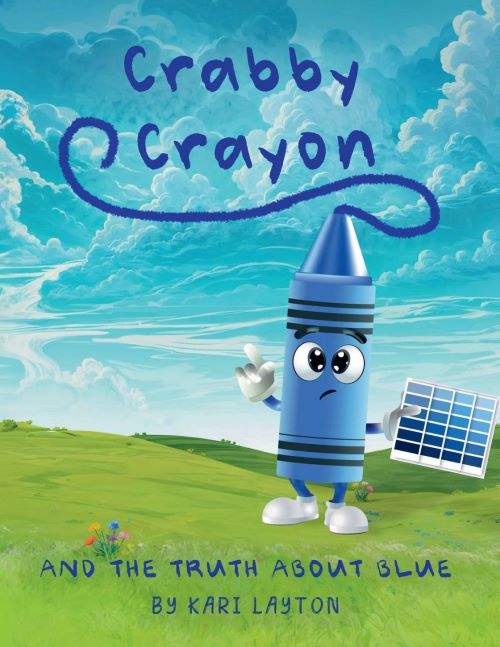What if every childhood argument could become an opportunity for growth? Disagreements are inevitable, but they don’t have to be destructive. With the right guidance, children can learn to navigate conflict with curiosity and kindness, skills that will serve them throughout life.
Let’s dive in to teach kids how to navigate conflict with curiosity and kindness, essential tools for emotional intelligence and growth.
Why Kids Need Help Navigating Disagreements
Conflict is natural, especially when kids are still learning how to manage emotions. But without guidance, disagreements can lead to frustration or hurt feelings.
By teaching respectful disagreement, you help children build emotional intelligence, problem-solving skills, and empathy.
Simple Ways to Guide Children Through Conflict
1. Stay Calm and Curious
When a disagreement happens, model calmness. Say, “Let’s figure out what happened,” instead of assigning blame.
2. Encourage Both Sides to Speak
Give each child a chance to explain how they feel. Listening is just as important as talking.
3. Focus on Feelings, Not Fault
Help kids identify what they’re feeling frustrated, sad, left out. This builds self-awareness and reduces defensiveness.
4. Teach “I” Statements
Instead of “You took my toy,” suggest, “I felt upset when my toy was taken.” This promotes ownership and respect.
5. Brainstorm Solutions Together
Ask, “What could we do differently next time?” Let kids come up with fair and kind solutions.
Role-Playing Different Scenarios
Practice makes perfect. Try acting out common conflicts:
- Taking turns with toys
- Choosing what game to play
- Disagreeing about rules
- Sharing limited resources
- Switch roles to build empathy.
Creating a Conflict Resolution Toolkit
Equip children with concrete strategies:
- Peace rose: Hold while speaking
- Solution wheel: Spin for ideas
- Feelings chart: Point to emotions
- Timer: Ensure equal talking time

Conclusion: Disagreements as Gifts
Disagreements aren’t something to fear, they’re a part of learning. When you show kids how to listen, speak kindly, and consider others’ views, you help them grow into thoughtful and respectful communicators.
Looking For A Story That Models Respectful Growth?
If you are looking for a story that gently shows how to guide children through disagreements, then ‘Crabby Crayon and The Truth About Blue’ by Kari Layton is a good choice. When Crabby insists there’s only one true blue, his friend Green doesn’t argue, he guides Crabby to discover the truth himself. The book offers a simple and playful way for children to understand that others may see the world differently and that’s okay.
Encourage compassionate conversations with Crabby Crayon and The Truth About Blue! Order your copy now.

